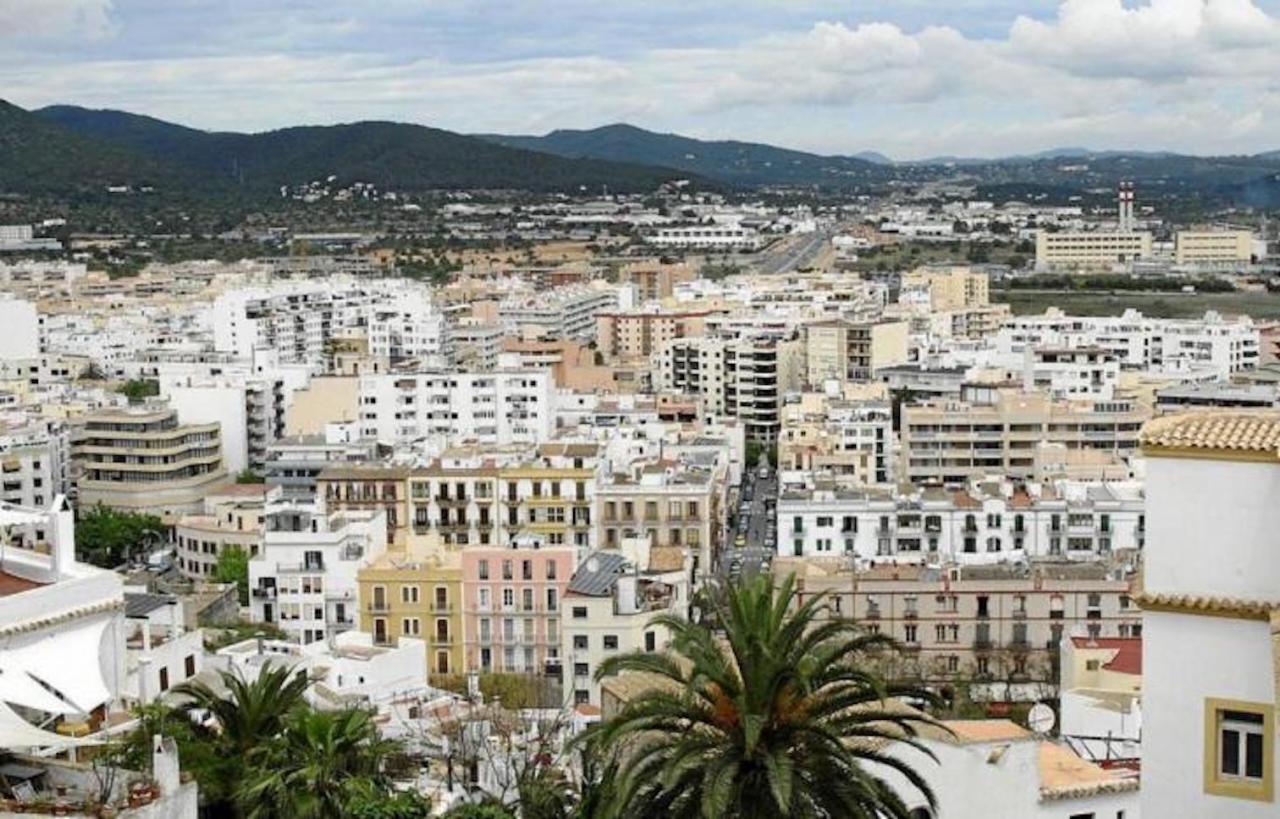Two places in the Balearics are on the top 50 list of richest Municipalities in Spain; Marratxí is at number 39 and Ibiza is at number 47, according to the Institute of National Statistics.
The INE’s annual statistics of urban indicators includes 416 Spanish cities with more than 20,000 inhabitants and the classification of per capita income for 2021 is based on data from 2018, which is the latest available.
The Municipality of Pozuelo de Alarcón in western Madrid has the highest average income at 28,326 euros, which is nearly four times more than the lowest average income in Níjar in Almería at 7,307 euros.
Madrid’s Boadilla del Monte is at number 2 with 21,795 euros and Torrelodones, Majadahonda, Alcobendas, Las Rozas and Tres Cantos in the north and west of the capital are also in the top ten, along with the Barcelona Municipalities of Sant Cugat del Vallès at number 3 and Sant Quirze del Vallès at number 10. Getxo has dropped from number two on the list to number 8.
San Sebastián comes in at number 11 with an average income of 18,098 euros.
In the table of functional urban areas, in which the data of nearby Municipalities is calculated, San Sebastián comes out on top with an average of 16,276 euros, more than Madrid, Bilbao, Vitoria, Barcelona, Irún, Burgos, Oviedo and Zaragoza.
The 7 Municipalities with more than 20,000 registered inhabitants with a lower average income are in Andalusia; Níjar is the lowest with 7,307, followed by Vícar, Los Palacios, Villafranca, Barbate, Isla Cristina, Sanlúcar de Barrameda and Alhaurín el Grande.
The Alicante Municipalities of Almoradí and Torrevieja are also at the lower end with less than 8,000 euros income per capita.
By functional urban areas, the lowest income per capita is Torrevieja, followed by Lorca, Marbella, Elche, Jerez, Talavera, Linares and Mérida.
Unemployment & Activity Rates
In the INE’s classification of the 126 most populated Municipalities with more than 60,000 inhabitants, Linares has the highest unemployment in Spain at 32.5%, followed by Córdoba with 27.8%. Granada, Talavera de la Reina, Alcalá de Guadaíra, Almería and La Línea de la Concepción all have an unemployment rate of more than 25%.
Pozuelo de Alarcón has the lowest unemployment rate at 6.5%, followed by San Sebastián, Sant Cugat, Las Rozas, Majadahonda and Vitoria with less than 8%.
The highest activity rate is recorded in Rivas-Vaciamadrid, 72.8%, followed by Valdemoro and Parla in the capital; Arrecife and Santa Lucía de Tirajana in the Canary Islands and Palma in Mallorca.
Ferrol in Galicia with 49% and Torrelavega in Cantabria with 51.2% have the lowest activity rate, followed by León, Getxo, Cádiz, Avilés, Gijón and Salamanca.
By functional urban areas, the city with the highest proportion of employment in industry is Avilés at 27.3%, followed by Alcoy, Burgos, Palencia and Manresa.
The lowest is Marbella at 2.8%, followed by Merida, Almeria, Torrevieja and Benidorm.
The city with the highest proportion of services is Mérida at 91.3%, followed by Toledo, Las Palmas, León and Benidorm.
The lowest is Avilés at 64.6%, followed by Lorca, Ponferrada, Alcoy and Burgos.
Life Expectancy & Children
Pozuelo has the highest life expectancy of 86.2 years old; followed by 85.9 in Majadahonda; 85.4 in Alcorcón; 79.7 in La Línea; 80 in Ceuta; 80.5 in Melilla and 81 in Cadiz.
Melilla is the only Spanish city that exceeds the average of two children per woman, which, according to INE statistics currently stands at 2.17, followed by Lorca at 1.66; Ceuta at 1.64; La Línea at 1.62 and Manresa at 1.55.
The Spanish city with the lowest average number of children per woman is San Cristóbal de la Laguna at 0, which is 89 children less for each woman than the Canary Island cities of Telde at 0.95, Las Palmas at 0.96 and Santa Cruz de Tenerife at 0.97; the Asturian city of Gijón at 0.97; Avilés at 1.02; Oviedo at 1.02 and the Andalusian city of Cádiz at 1.02.


No comments
To be able to write a comment, you have to be registered and logged in
Currently there are no comments.